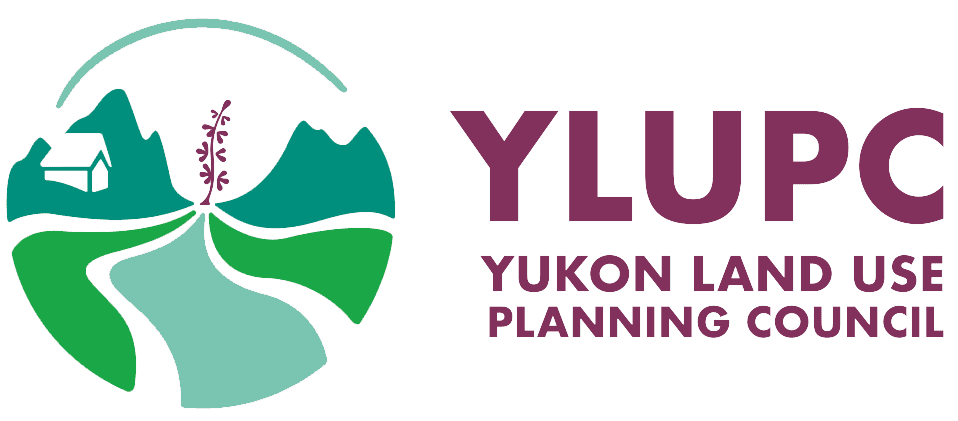Eric Binion – Senior Land Use Planner, The Government of Northwest &Territories, Department of Lands & Jessica Hum – Land Use Planner, Tłı̨chǫ Government
The Tli.cho. Agreement came into effect in 2005, and with it the responsibility to establish mechanisms to prepare, approve and implement land use planning for the 39,000 km2 of Tli.cho. Lands. As a result of extensive community consultation spanning seven years, with Tli.cho. language as the priority and Traditional Knowledge to inform the planning process, the Tli.cho. Wenek’e (Land Use Plan) connects the land as a living entity, including culture and history to help preserve the 'collective memory' of the Tli.cho.. Finalized in 2013, the approval of the TLUP coincided with the lifting of a moratorium on all Tli.cho. lands.
As well as establishing the extent of Tli.cho. Lands, the Tli.cho. Agreement created further boundaries including the surrounding Wek’èezhi`i management area. While the Tli.cho. Wenek’e is a Land Use Plan for all Tli.cho. lands, there still remains public lands within Wek’èezhi`i where there is currently no Land Use Plan.
In Oct 2014, the GNWT Department of Lands contacted TG to initiate a scoping study to develop a Land Use Plan for public lands within the Wek’èezhi`i management area. Following careful consideration between the two governments, an approach was developed to engage with elders, community members and leadership – to model the scoping study after the Tli.cho. Wenek’e planning process to as great of a degree as possible. The Scoping Study was completed in September, 2015.
